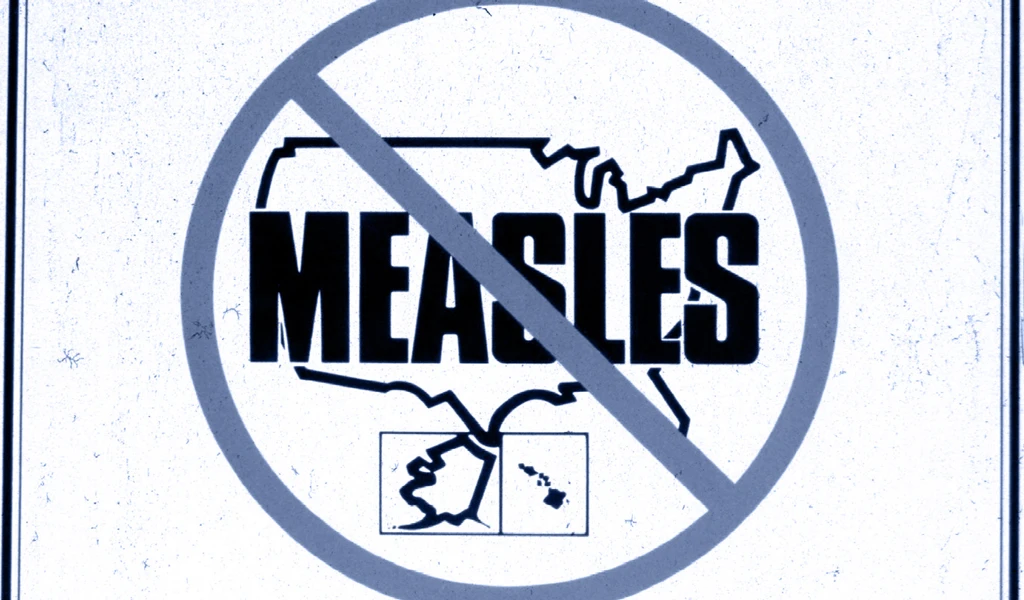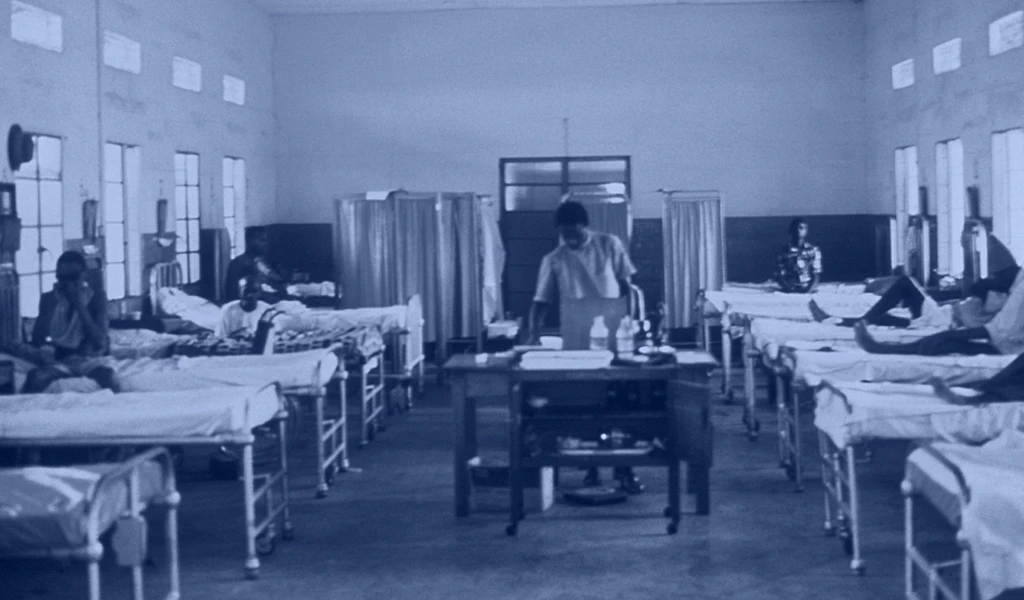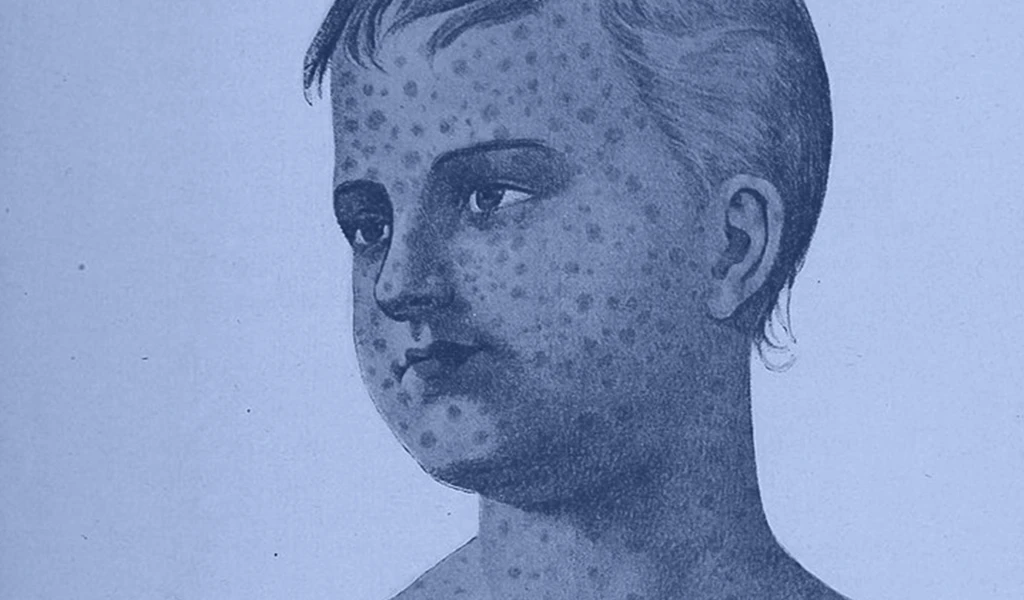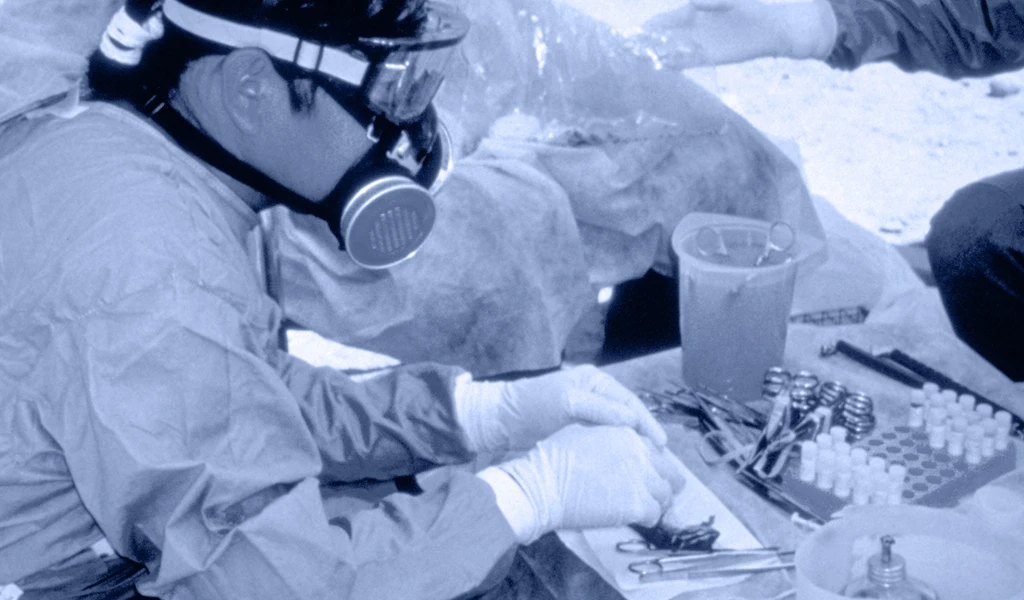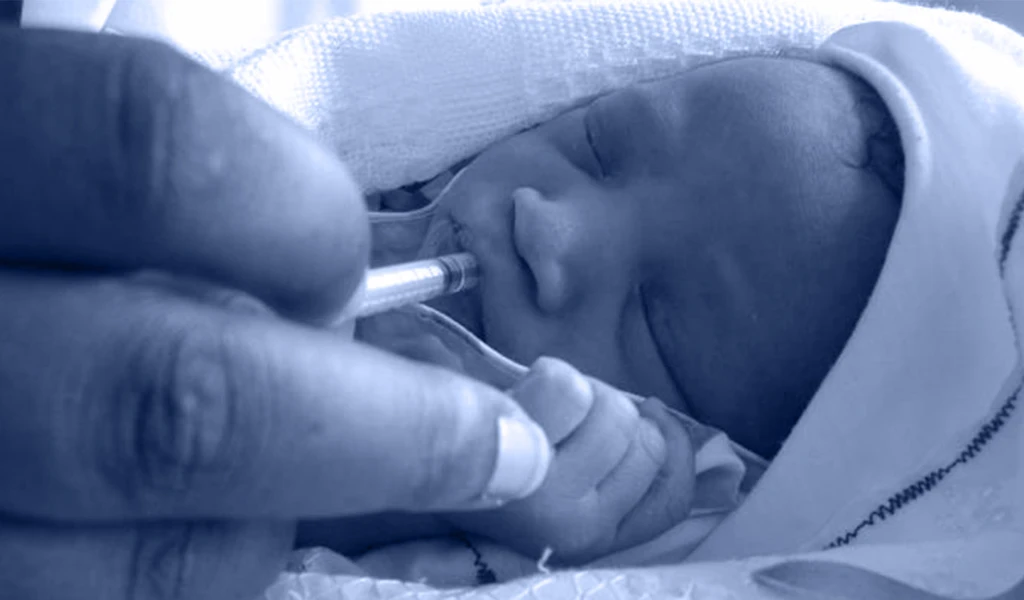Getting to know humanity’s greatest threats
The Viral Most Wanted
Among the trillions upon trillions of viruses in the world, hundreds are known to have ‘human outbreak potential’ – meaning they’re able not just to infect animals, but to jump species and spread to people too.
A frightening prospect—and one that presents an overwhelming task for pandemic preparedness and prevention people. How can the world hope to be able to prepare for hundreds of possible viral diseases, known and unknown? Could we really aim to create and develop protective vaccine defences against every single one of them? How can we possibly prepare for everything, especially when so much of it is a mystery?
A viral family strategy to beat pandemics
One answer is to develop a disease defence strategy based on what’s known among disease experts as the 'viral family approach’. This takes the traditional approach to vaccine development—a lifesaving and disease-beating process, but one that can take years or decades to contain a single viral killer—and applies it broadly to virus families. The aim is to be able to more quickly counter a wider range of current and future threats. Using speed-enhancing new technologies such as artificial intelligence and computational science, this approach enables scientists to rapidly prepare and develop vaccines for a new Disease X pathogen emergence. What used to take years can now be done in a matter of weeks or months.
In the emerging viral disease world, the thinking goes, we endeavour to prepare for everything by preparing for anything. And to prepare for anything, scientists need to get to know as much as they can about humanity’s most threatening potential enemies.
That‚Äôs why scientists all over the world are pursuing The Viral Most Wanted. Working within ≥…»ÀVR ”∆µ‚Äôs Disease X programmes, the World Health Organization‚Äôs Pathogen Family Framework and other coordinated projects, they are in a race to get ahead of the next viral threat. From the Arenavirus family to the Poxvirus family, and from the Flaviviruses to the Hantaviruses to the Filoviruses, these groups harbour some of the most fearsome current and future viral attackers.
‚ÄúThe viruses that historically have put humanity at greatest risk come from a number of specific viral families‚Äîabout 25 of them‚Äîthat scientists have already identified as having the ability to infect people. It‚Äôs these families that are by far the most likely to produce the next potential pandemic disease threat,‚Äù says Tim Endy, ≥…»ÀVR ”∆µ‚Äôs Disease X Project Leader.

The good news is that for some viruses in some of these families, safe and effective vaccines have already been developed and made available. The bad news is that there are big gaps in our knowledge. For most potential human viral diseases there are no vaccines, no treatments and no cure.
But while there are many hundreds of viruses within The Viral Most Wanted that could one day emerge or mutate to become a new pandemic threat, the beauty of the viral family approach is that scientists don’t have to know everything about each and every one of them.
Viral family expertise to fight new threats
“Central to the viral family approach is the concept of representative or exemplar viruses – pathogens that infectious disease experts already know, recognise and understand key features of,” says Endy.
Within the Paramyxovirus family, for example, Measles and Nipah are both known viruses – each notorious in its own way for being highly infectious (Measles) and highly deadly (Nipah) in people.
By investing in the development of a future Nipah vaccine, and pursuing research on rapid-response vaccines against Measles using new technologies such as mRNA, for example, scientists are getting to know the many features of these Paramyxovirus representatives – and crucially, getting to know how to defend against possible future viruses related to them.

The same goes for the Coronavirus family. Thanks to years of accumulated research knowledge about the Coronaviruses that caused the and the , life-saving vaccines were rapidly developed in 2020 against COVID-19, the pandemic disease caused by the latest novel Coronavirus to come across the frontier. But scientists now need to investigate deeper to try to develop broadly protective defences against future nefarious members of this family that have yet to emerge.
That’s why, across scores of partnerships and research projects all across the world, scientists are using advanced technologies to investigate and understand better the families featured in The Viral Most Wanted—figuring out how their viruses spread and adapt, creating new ways to detect and test for them, and exploring their structures down to the tiniest detail to find targets for future vaccines against them.
With novel and re-emerging viral diseases causing fresh outbreaks around the world at an ever-increasing cadence, humanity’s disease defence specialists are in a race against time. But using the latest technologies and computational power, they are upping the pace in developing critical insights and know-how for future rapid-response, safe and effective vaccines against novel viruses from any one of the most dangerous viral families.

